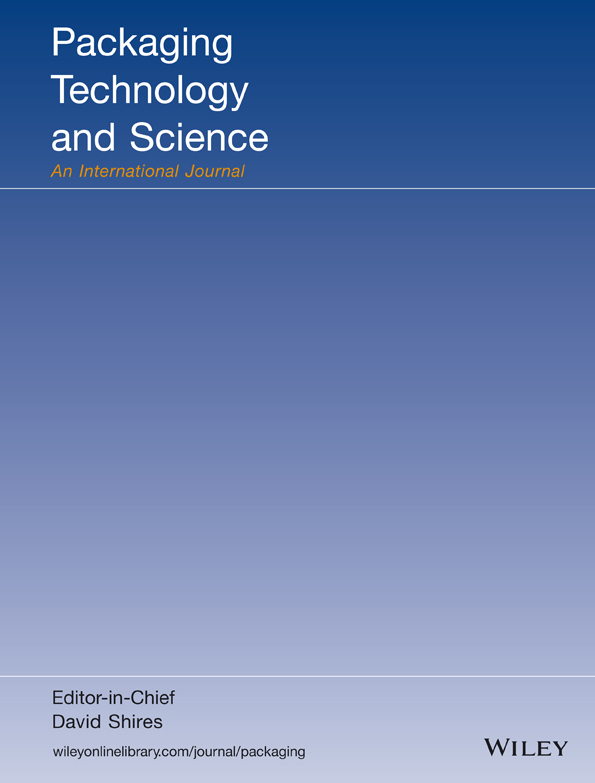Characterization of low-acceleration, long-duration horizontal events using a spring suspension straight delivery box truck
Abstract
A field measurement study, using a combination of controlled and uncontrolled phases, examined low-acceleration, long-duration events occurring during over-the-road truck transport. A field data recorder equipped with a DC-based triaxial accelerometer was employed for this study to capture the steady-state nature of these event types. The field data recorder was rigidly mounted to the trailer chassis to record lateral and longitudinal events of interest. The controlled phase recorded normal and aggressive braking events and traversing a roundabout to fundamentally quantify the behaviour of the vehicle. For the controlled phase, average decelerations of 0.27 and 0.45 g were reported for normal and aggressive braking events, respectively. Lateral accelerations from traversing a roundabout were on average 0.40 g. The uncontrolled field measurement study, which evaluated the transport vehicle over 13 days, reported average longitudinal decelerations and lateral accelerations of 0.29 and 0.34 g, respectively. The rise times associated with these events were also reported. The jerk was calculated based on the rise times for the controlled and uncontrolled phases and compared to currently available test procedures. For both project phases, composite test profiles were developed based on field-measured levels. The resulting composite test profiles can be utilized to evaluate the load stability of a unit load system travelling through this distribution channel.




